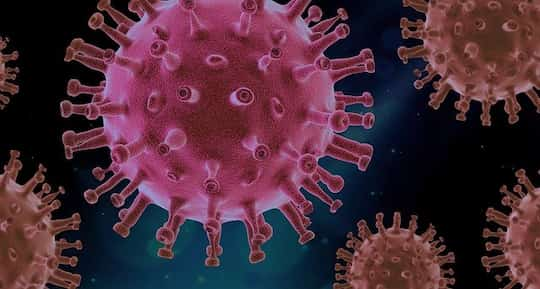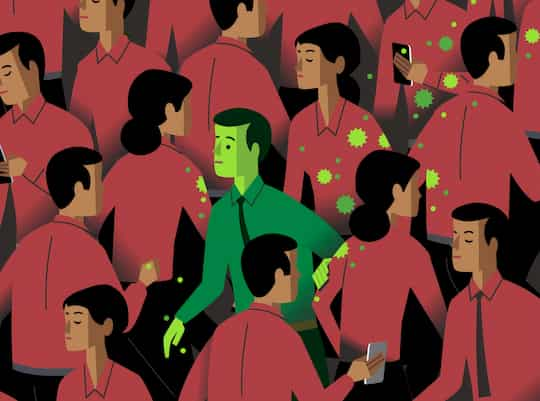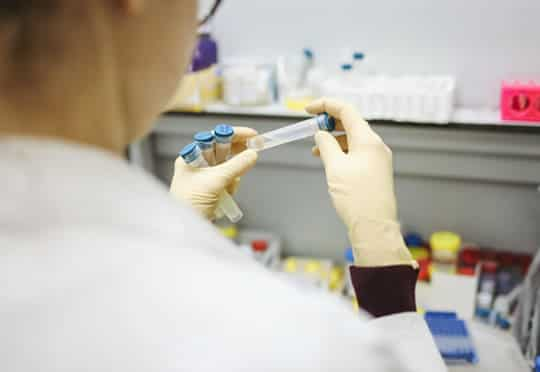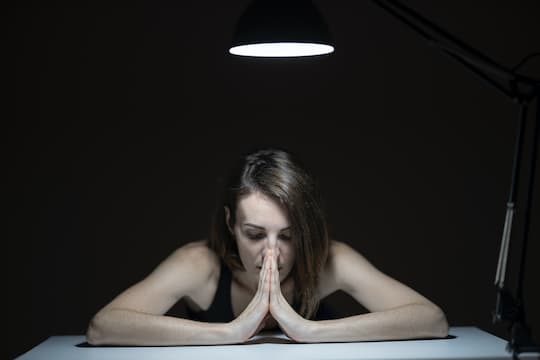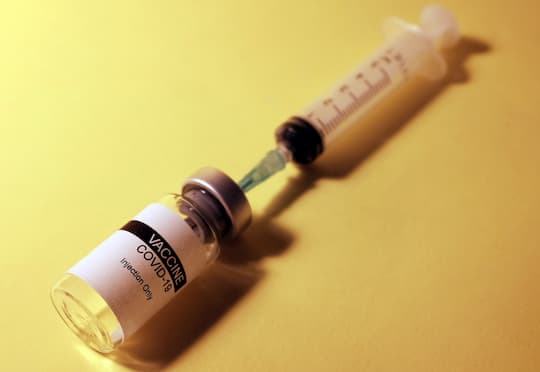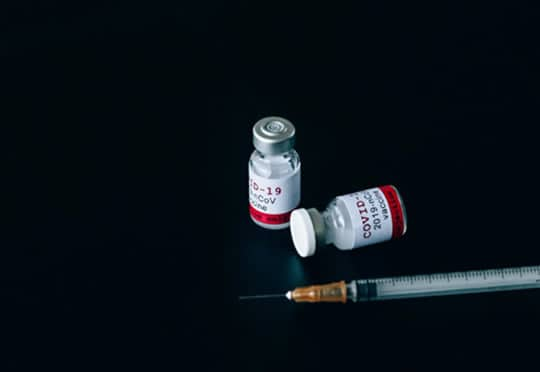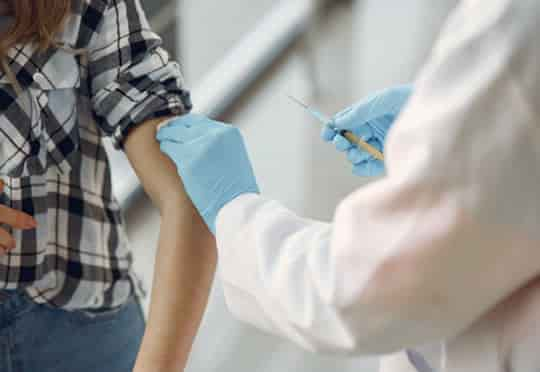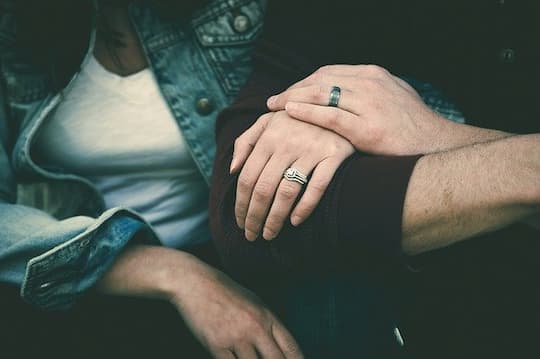The psychology studies that reveal what the pandemic did to us and how we learned to cope with it.
The pandemic has turned our mental worlds upside down — not to mention the physical.
First it made us hoarders, then gave us new social rules to follow.
Soon we were working from home, feeling the pressure on our relationships, accompanied by mental health problems and strange dreams.
And still it goes on.
Slowly we learned to cope, by staying in touch with our emotions, doing meaningful activities, accessing nature whenever possible, turning to our partners for comfort (should we be lucky enough to have one) and getting help online when it was all too much.
Here is PsyBlog’s guide to the major psychology studies of the pandemic.
A. How COVID changed us
1. Hoarders
First it turned people into hoarders: some stashed cash under the mattress, others hand sanitiser and masks.
But it was the hoarding of toilet roll that really caught the headlines.
But why toilet roll?
Some psychologist think it was partly down to herding — in other words, people saw others hoarding it and then copied each other (Baddeley, 2020).
In the end we are social creatures and we partly learn by copying, especially when under stress.
2. Learn new social rules
To fight the pandemic, we had to learn a load of new social rules: when to go out, stay at home, wear a mask, how to greet each other and when and where to walk, run and travel.
Who followed the rules and what influenced them, psychologists asked.
Research found that people are more likely to follow COVID restrictions when their friends and family do.
Social influence was a more powerful motivator than whether or not people agreed with the rules.
The findings underline the tremendous power of social influence on people’s behaviour.
3. Why people flout the rules
In the absence of other people to copy, though, we have to rely on our own memories which, it turns out are not great.
People with better memories followed all the rules, but those with worse memories tended to forget, one study found (Xie, 2020).
Similarly, worrying about money, jobs and where the next meal is coming from also limit people’s ability to follow all the rules (Probst et al., 2020).
There’s even evidence that people started taking more risks during the pandemic and are more prone to punishing others as a result of reduced cognitive capacity (Bogliacino et al., 2021).
Professor Francisco Lupiáñez, study co-author, said:
“People’s decision-making abilities were impaired, and their reactions were not those we might have expected.
Instead of being more careful because they were in a pandemic, they were taking risks, because they couldn’t take it any more.”
4. Anxious and depressed
Quite naturally the pandemic made a lot of us depressed and anxious.
One study found that one-in-three adults are anxious and depressed as a result of quarantines, lockdowns and social distancing.
But some groups are suffering more.
Women, young people and the poor are experiencing the worst psychological distress from COVID, research from 68 studies found.
Another study suggested that 80 percent of people in their 20s in the U.S. are experiencing significant depressive symptoms (Horigian et al., 2020).
Along with increased depression and anxiety, people are experiencing higher rates of post-traumatic stress disorder and insomnia.
Interestingly, the old have fared better emotionally compared to younger people.
That is despite the fact that older people are more at risk from the virus (Klaiber et al., 2020).
Mr Patrick Klaiber, the study’s first author, explained:
“Younger and middle-aged adults are faced with family- and work-related challenges, such as working from home, homeschooling children and unemployment.
They are also more likely to experience different types of ongoing non-pandemic stressors than older adults, such as interpersonal conflicts.”
The personality type faring the worst during the pandemic is, unsurprisingly, people high in neuroticism.
And the personality type ‘enjoying’ the pandemic?
Sadists.
5. Working from home
Perhaps one of the biggest changes to people’s lives is the accelerating trend towards working from home.
The challenges people face working from home are well-known and include a loss of social connectedness, lack of separation between work-life and home-life and increased risk of substance abuse (Kniffin et al., 2020).
There are advantages as well, of course, but periods of dramatic change like this are bound to be stressful for people.
Whether people will go back to the office and how these changes will play out over the coming years, we just do not know.
6. Relationship strain
The pandemic put tremendous strain on people’s relationships.
With schools shut, parents suddenly had to take on more childcare responsibilities.
Women did more than their fair share, research from the U.S. has found (Shockley et al., 2020).
That was bad for relationships, explained Dr Kristen Shockley, the study’s first author:
“When the wife does it all, not surprisingly, the outcomes are bad for the couple.
It’s not just bad for the wife, it’s also bad for the husband, including in terms of job performance although his work role presumably hasn’t changed.
When one person’s doing it all, there’s a lot of tension in the relationship, and it’s probably spilling over into the husband’s ability to focus at work.”
7. Upsetting dreams
The pandemic has not just changed people’s days, it has warped their nights as well, infecting our dreams.
The most common bad dreams are worrying about failures in social distancing, forgetting to wear a mask, getting the disease itself and even the end of the world.
Bad dreams may be one way for the brain to process and so reduce the fear related to the virus.
Once again, though, it is women that are having the worst of the pandemic, suffering more bad dreams than men (Schredl & Bulkeley, 2020).
B. How we coped with COVID
The keys to keeping psychologically healthy are similar whether or not there is a pandemic.
Eating right, exercising and the rest will help at any time, but there are some factors that are particularly relevant during the pandemic.
Here are a few of them:
8. Stay in touch with emotions
Staying in touch with your emotions is a good way to deal with COVID-19 stress.
It is natural to experience emotions like sadness, fear, loneliness and anxiety during the pandemic.
However, people who are psychologically flexible tend to do better.
Flexibility means acknowledging emotions, accepting them and taking whatever action is possible.
Continuing to do whatever is important to you — even if it is in modified form — is key to reducing stress.
9. Meaningful activities
Meaningful activities are central to boosting happiness while social distancing and lockdown rules are in effect.
In contrast, keeping busy just for the sake of it does not boost happiness.
Indeed, mindless busywork tends to leave people feeling unsatisfied and unsettled.
It is better to continue with activities that were enjoyable before the pandemic, as far as possible.
When people took up novelty lockdown activities, like baking and painting, just to keep busy, this was linked to more extreme emotions.
Incidentally, people who feel life has less purpose tend to sleep worse, research finds.
This could be one of the reasons that people report sleeping worse during the current pandemic.
During lockdown people are denied many of the usual routines that give meaning to life, such as work, meeting with friends and pursuing recreational activities.
Without these, life becomes devoid of purpose.
10. Nature
Access to nature is vital for surviving the pandemic.
People who are able to get out into nature are less likely to suffer depression and anxiety during lockdown.
Even a natural view from inside can help to ameliorate the effects of COVID-19 related policies.
Pandemic or not, green and blue spaces have a remarkable healing effect on people’s mental health.
11. Partners for comfort
People’s partners provide the best buffer against social disconnection due to the pandemic.
Romantic partners help keep each other’s well-being from taking a knock from social isolation.
In contrast, chatting with friends on Facetime and any number of children and pets have little effect on making people feel socially connected.
In other words, it doesn’t matter how big your household is, it’s all down to the quality of the connection.
The research affirms the importance of romantic partners for mental well-being.
12. Get help online
Like everything else nowadays, psychology went online.
People are going online to get help and psychologists are going online to give it.
The number of clinical psychologists helping people online has gone up 12-fold, one recent study found (Pierce et al., 2020).
Mr Brad Pierce, the study’s first author, said:
“I was shocked to see how quickly telepsychology was adopted.
The shift from 7% of clinical work to more than 85% represents a lot of heavy lifting in a very short time.
There was a concerted effort among the community to identify and remove long-standing barriers.
Psychologists sought out additional training, equipment was purchased, and policies were adjusted at every level to facilitate telehealth and telepsychology.”
.
